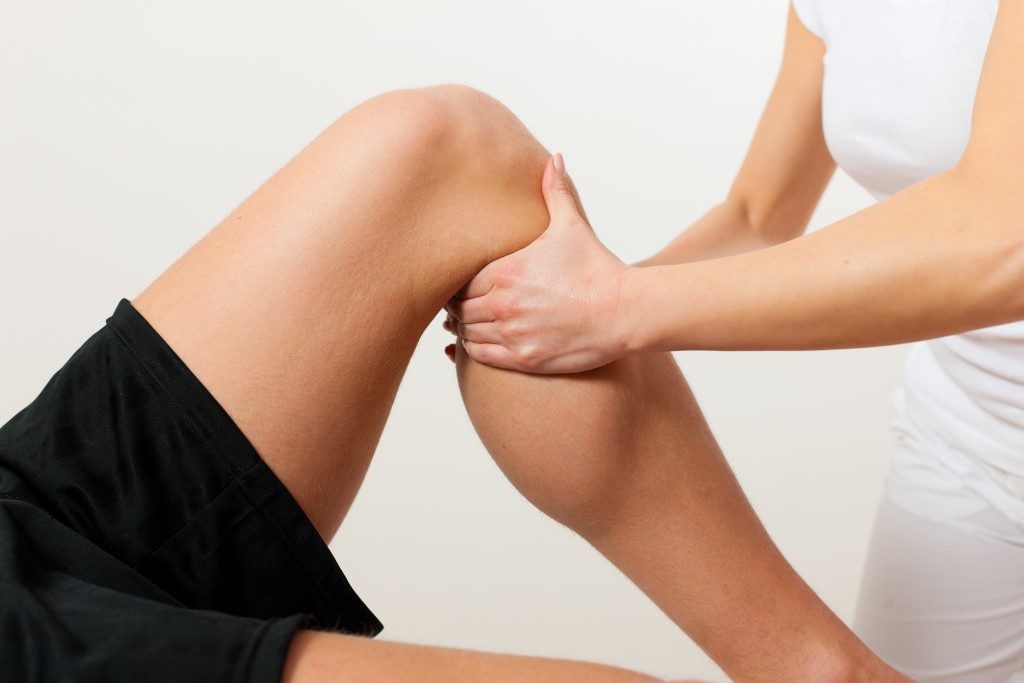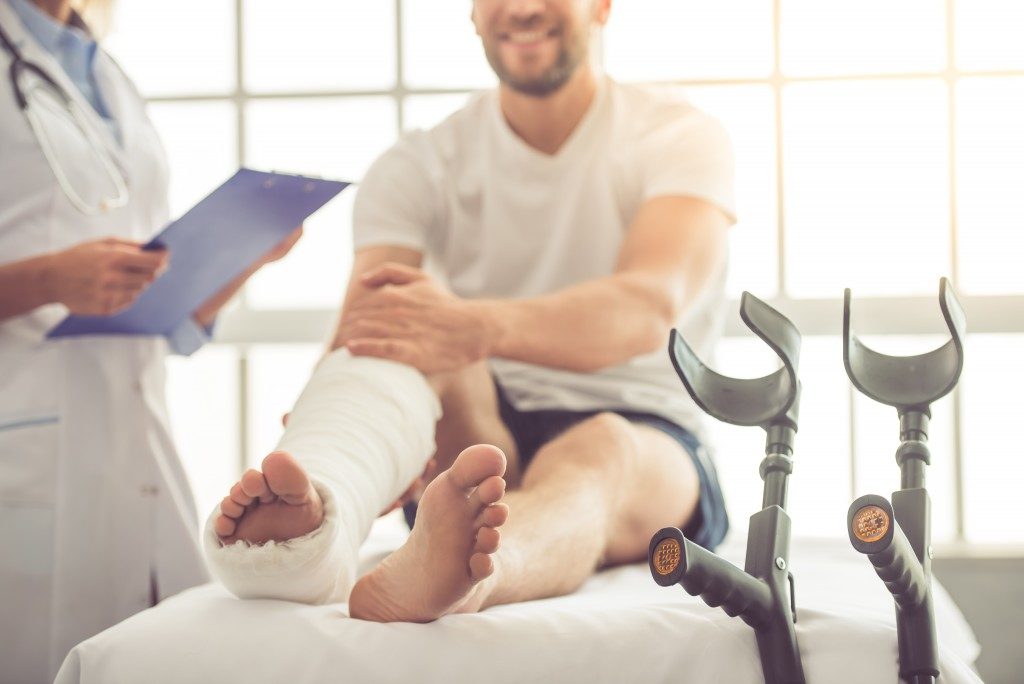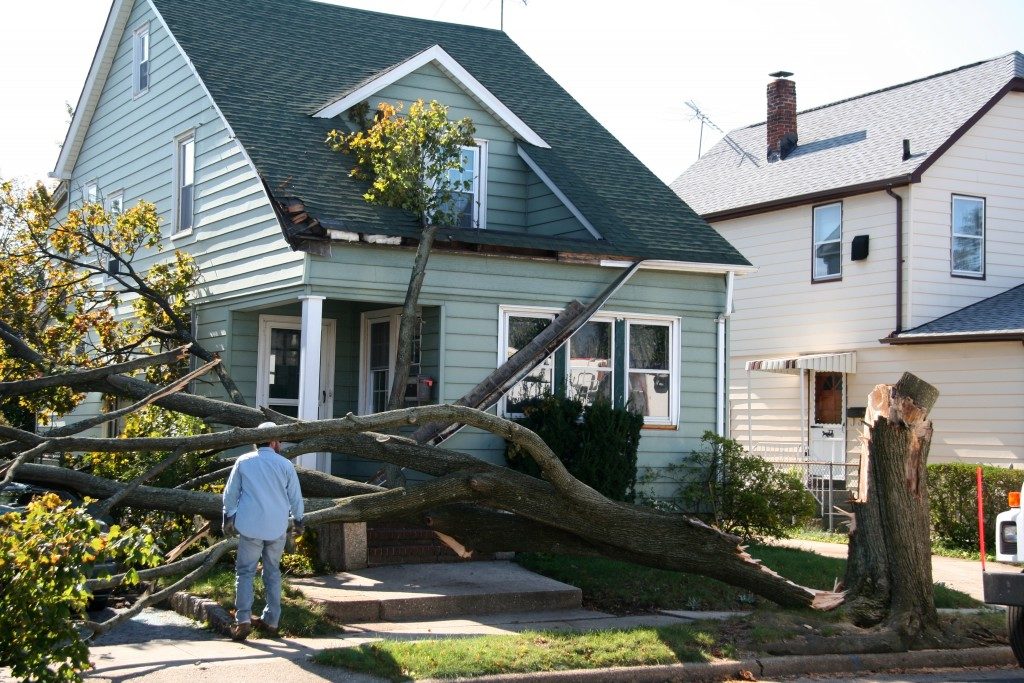Wounds are among the major issues encountered at the end of life. They affect approximately a third of patients in hospice care facilities. The primary complaints associated with wounds include pain, odor, infections, and discomfort. The objective of hospice care is to improve the quality of life regardless of the condition a patient is battling. Wounds are a symptom of the breakdown of body systems.
Even in the final life stages, optimal wound care will contribute to a patient’s physical and psychological comfort. Wound care, therefore, forms an integral part of patient care in hospice centers. Pressure, venous and diabetic ulcers, and fungating lesions or tumors are the common ones handled in hospice. Most people assume these can be effectively managed with repositioning, cleaning, and bandaging. Hospice centers have, however, now also invested in the following modern therapies to guarantee the highest levels of wound care.
Negative Pressure Therapy
This is an effective option for managing chronic and acute wounds. Negative pressure therapy involves the application of a vacuum device on the wound to generate a negative pressure setting. This draws out exudates, infectious materials, and fluids from the wound. After this, an air and watertight dressing or gauze is used to maintain a vacuum seal around the wound. Negative pressure therapy nonetheless carries a danger of hemorrhaging more so when untrained caregivers use the device.
Oxygen Therapy
This is used for diabetic ulcers and non-healing and necrotizing wounds. In this option, the hospice patient is placed in a chamber where he/she is exposed to 100% oxygen delivered at high pressure. The exposure to oxygen hastens wound healing because wounds need oxygen for their healing. Most hospice care centers in Indiana and other locations have clear plastic chambers where patients lie during oxygen therapy. These are then closed and packed with pressurized oxygen during treatment.
Compression Therapy

This is used for foot and lower limb venous ulcers. The compression stockings used in this instance apply gentle pressure to the calf and ankle muscles. This causes the straightening of vein walls and boosts circulation. The stockings also reduce the swelling associated with some wounds and restore normal flow to the affected site. The products used for compression wound therapy come in several lengths and levels with varying effects. A trained hospice caregiver should, therefore, prescribe the ideal ones for a wound.
Electrical Stimulation
This reduces infection, increases blood flow, and accelerates the body’s wound healing process. Naturally-occurring electrical currents are disrupted when the skin is injured. The currents provided by electrical stimulation mimic the naturally-occurring ones. In so doing, they heighten the skin’s healing properties and allow optimal and fast wound healing.
Wound management in hospice care facilities is meant to avert further skin breakdown, complications, and the harmful effects of a wound on a patient’s overall condition. When developing a wound care plan with any of the above therapies in hospice, specialists also consider a patient’s desires and status. This boosts the patient’s emotional well-being, which, in turn, optimizes healing. Some centers also train a patient’s loved ones in the above therapies for home-based hospice care.







